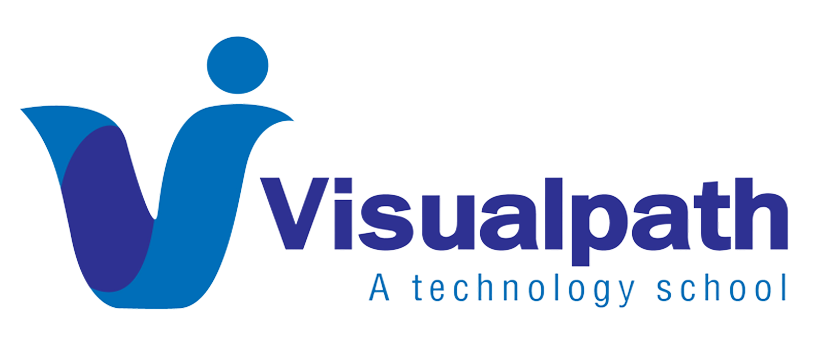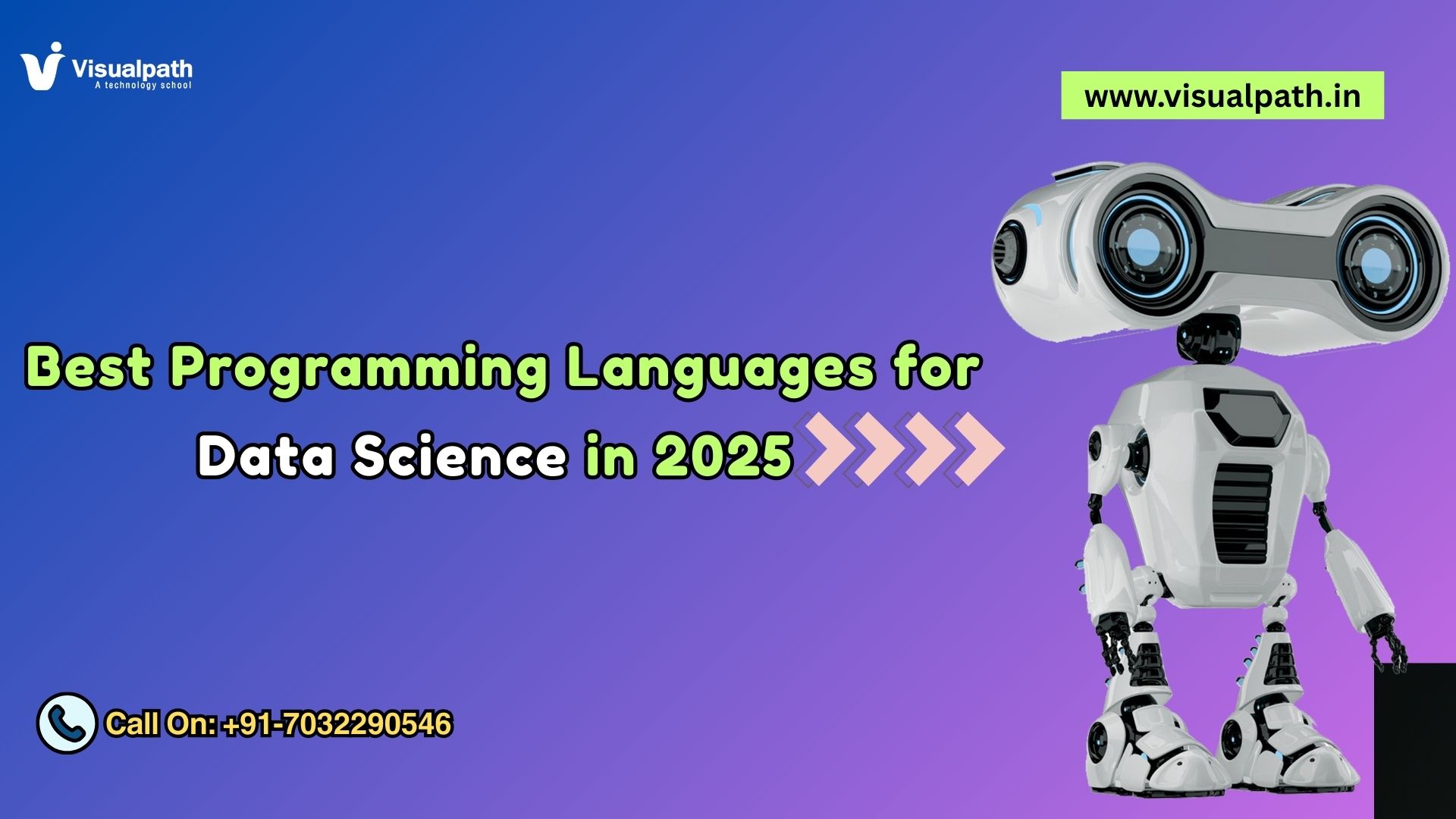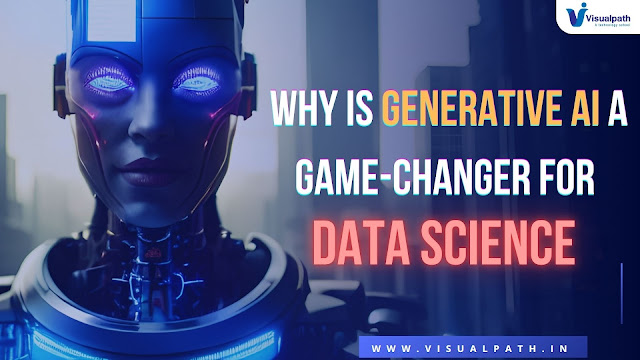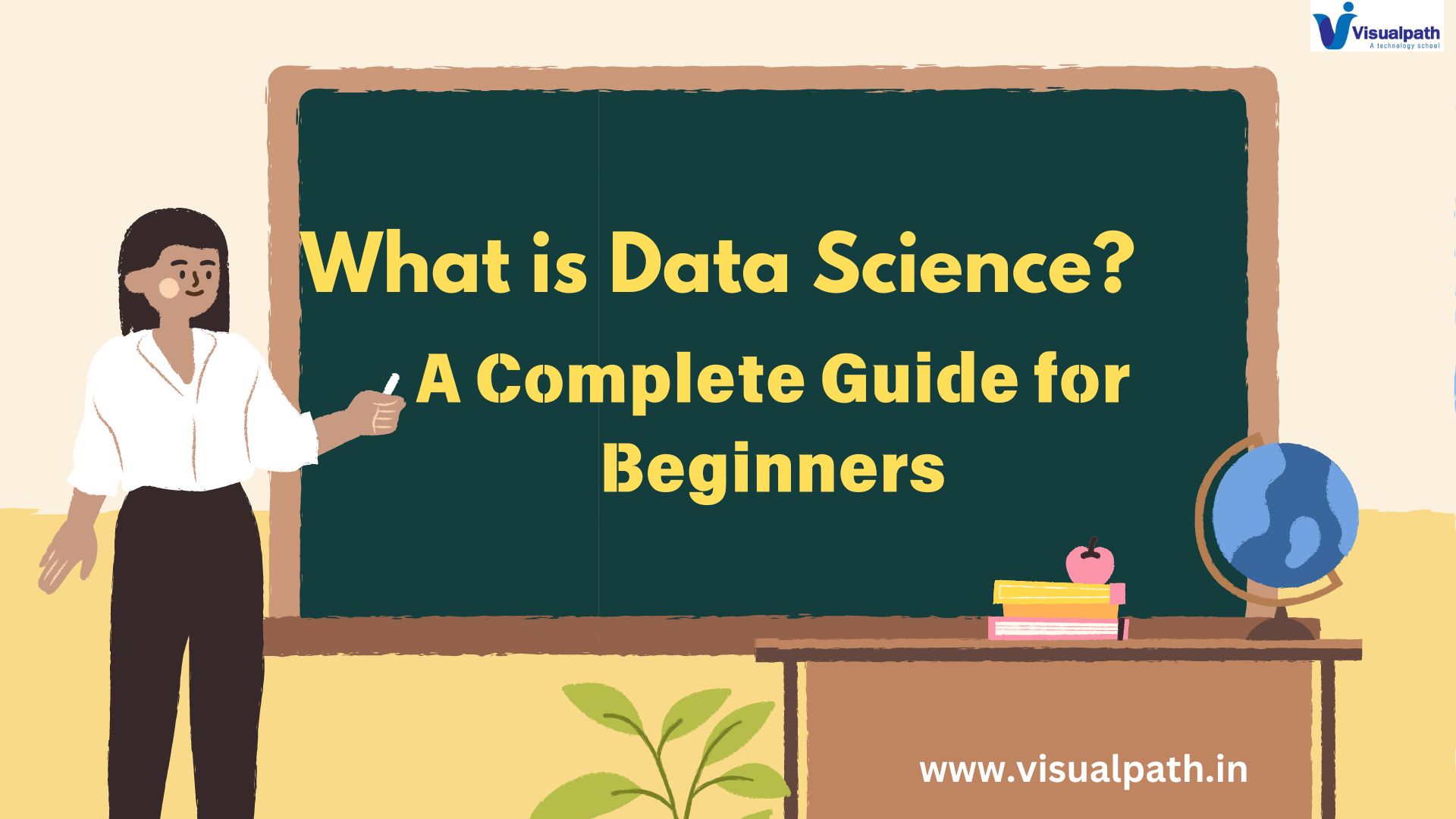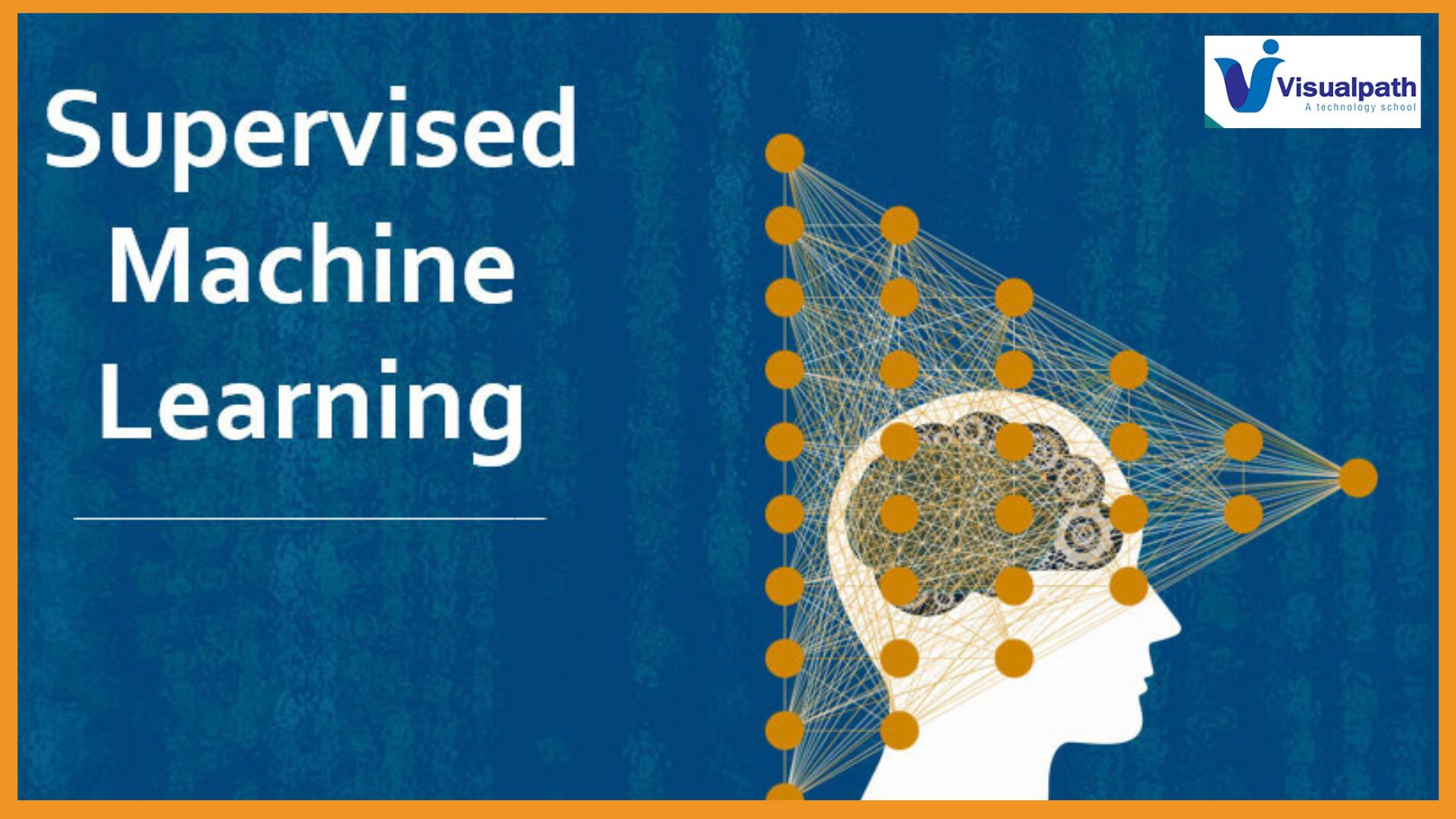Data Science continues to evolve rapidly, transforming how industries solve problems, make predictions, and improve efficiency. In 2025, mastering the right programming language is more critical than ever for anyone pursuing a career in this field. Whether you’re just beginning or looking to specialize in advanced areas like AI, selecting the best programming language can shape your success in data science. Let’s explore the most powerful and in-demand languages shaping the data science landscape in 2025.
1. Python – Still the King of Data Science
Python remains the most popular language for data science in 2025 due to its simplicity, versatility, and rich ecosystem of libraries. Tools like Pandas, NumPy, Scikit-learn, TensorFlow, and PyTorch have made Python the default choice for data analysis, machine learning, and deep learning.
One of the major reasons for Python’s dominance is its ability to handle both structured and unstructured data, making it suitable for everything from statistical modeling to natural language processing. It’s beginner-friendly, yet robust enough for advanced artificial intelligence applications, especially when paired with Jupyter notebooks and cloud platforms.
2. R – The Statistical Powerhouse
While Python is more general-purpose, R remains essential for statistical analysis, data visualization, and academic research. It offers advanced statistical packages, like caret and ggplot2 that provide rich graphical representations and complex statistical computations with ease.
In 2025, many organizations still prefer R for tasks like hypothesis testing, data mining, and experimental analysis. It’s especially useful for statisticians and data scientists working in finance, healthcare, and academic research.
3. SQL – For Managing and Querying Data
SQL (Structured Query Language) isn’t just a database language—it’s a core skill every data scientist must know. No matter how advanced machine learning models get, the foundation of data science is clean, well-structured data—and SQL is essential for data extraction, manipulation, and aggregation.
In modern data workflows, SQL is used in combination with cloud services like BigQuery and Snowflake. Its importance is amplified when dealing with large-scale datasets stored in relational databases, making SQL a non-negotiable skill in 2025.
4. Julia – Gaining Popularity for Speed and Performance
Julia is an emerging language that combines the speed of C++ with the usability of Python and R. It’s particularly well-suited for numerical and scientific computing, making it ideal for performance-intensive applications like simulation modeling and large-scale analytics.
With improved support from libraries and increasing adoption in industries like finance, aerospace, and pharmaceuticals, Julia is expected to become more mainstream in the next few years.
5. Java and Scala – Beginning for Big Data Ecosystems
Java and Scala are widely used in big data frameworks like Apache Spark, Hadoop, and Kafka. While Python dominates in prototyping, Java and Scala offer better performance for production-scale applications.
Scala, in particular, is popular for its functional programming features and seamless integration with Spark, making it ideal for building scalable data pipelines.
In data-intensive industries—like telecom, e-commerce, and fintech—knowledge of Java or Scala gives you a competitive edge, especially if you plan to build enterprise-grade data systems.
6. JavaScript – For Interactive Data Visualizations
Although not traditionally a core data science language, JavaScript is becoming increasingly useful for building dashboards and interactive visualizations. Libraries like D3.js and Chart.js allow data scientists to turn complex insights into compelling visual stories.
In 2025, many data professionals use JavaScript in combination with frameworks like React or Vue.js to build user-facing analytics tools. It’s particularly valuable if you’re working on full-stack data products or client-side analytics platforms.
If you’re pursuing a Data Science with Generative AI Course, incorporating JavaScript skills can help you present your machine learning results in dynamic web applications.
Choosing the best language depends on your goals:
- Beginners should start with Python for its simplicity and wide usage.
- Statisticians and researchers may prefer R for its depth in analysis.
- Data engineers working with big data should explore Java or Scala.
- Professionals focusing on data pipelines or databases must learn SQL.
- If performance is a priority, Julia is worth exploring.
Modern data science is multidisciplinary, and it’s not uncommon for professionals to use two or more languages in their projects. The most effective data scientists know when and where to use the right tool.
Final Thoughts
In 2025, data science is no longer just about crunching numbers—it’s about using the right language to derive insights, build intelligent systems, and communicate findings effectively. Python and SQL remain the backbone, but emerging needs in AI, big data, and interactivity have brought languages like Julia, Scala, and JavaScript into the spotlight.
Professionals upgrading their skills through Data Science with Generative AI Training are expected to be proficient in at least two to three of these languages, depending on their specialization.
By mastering the right programming languages, you’re not just learning to code—you’re preparing to solve tomorrow’s problems with data.
Trending Courses: Data Science, Playwright, D365 F&O, Mern Stack Ai
Visualpath is the Leading and Best Software Online Training Institute in Hyderabad.
For More Information about Data Science and Generative AI Training in India
Contact Call/WhatsApp: +91-7032290546
Visit: https://www.visualpath.in/online-data-science-with-generative-ai-course.html
